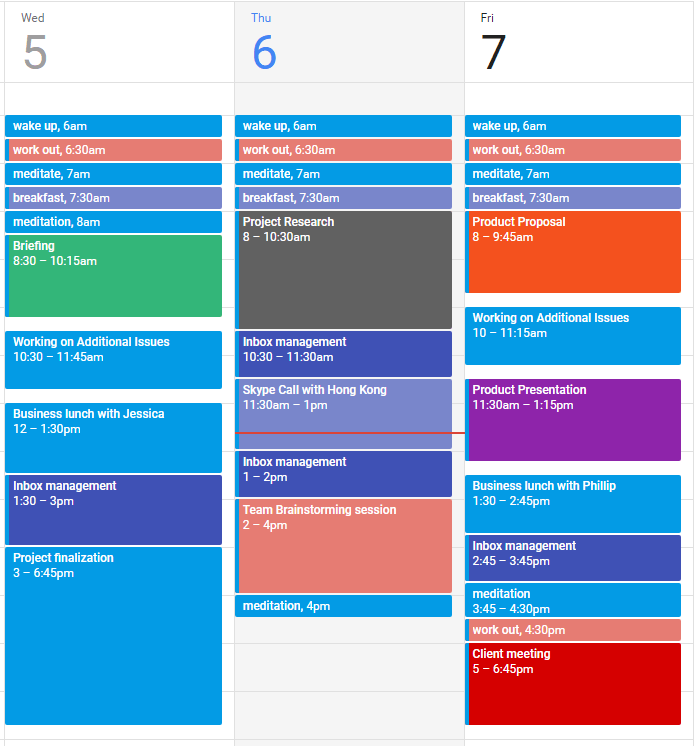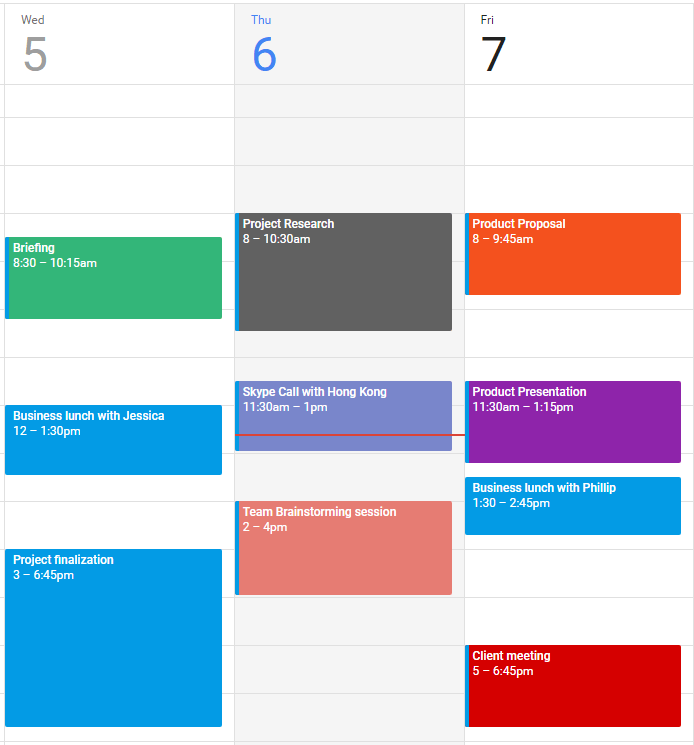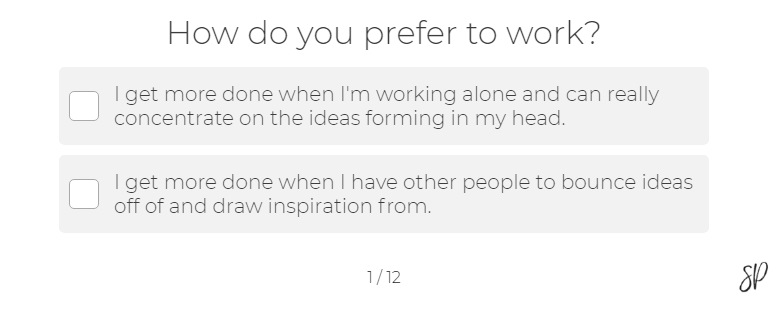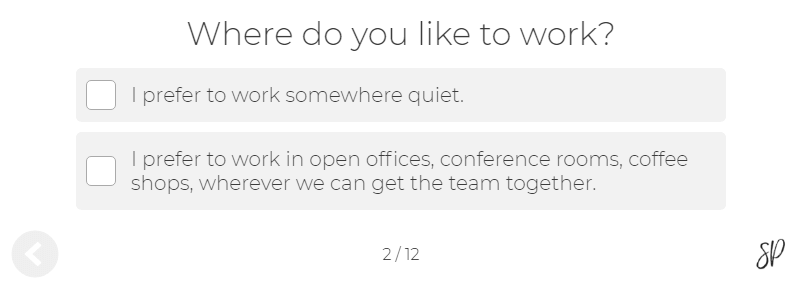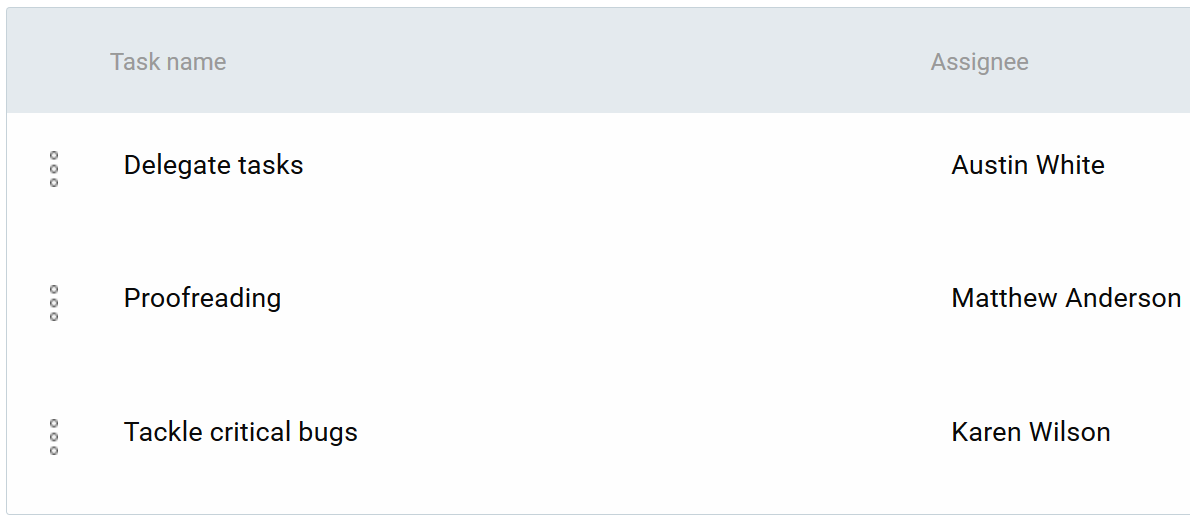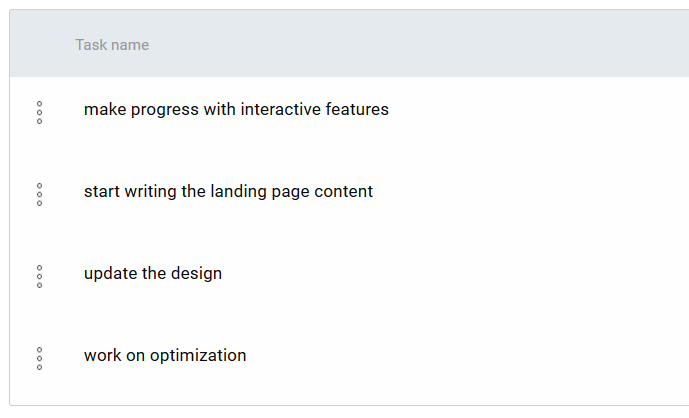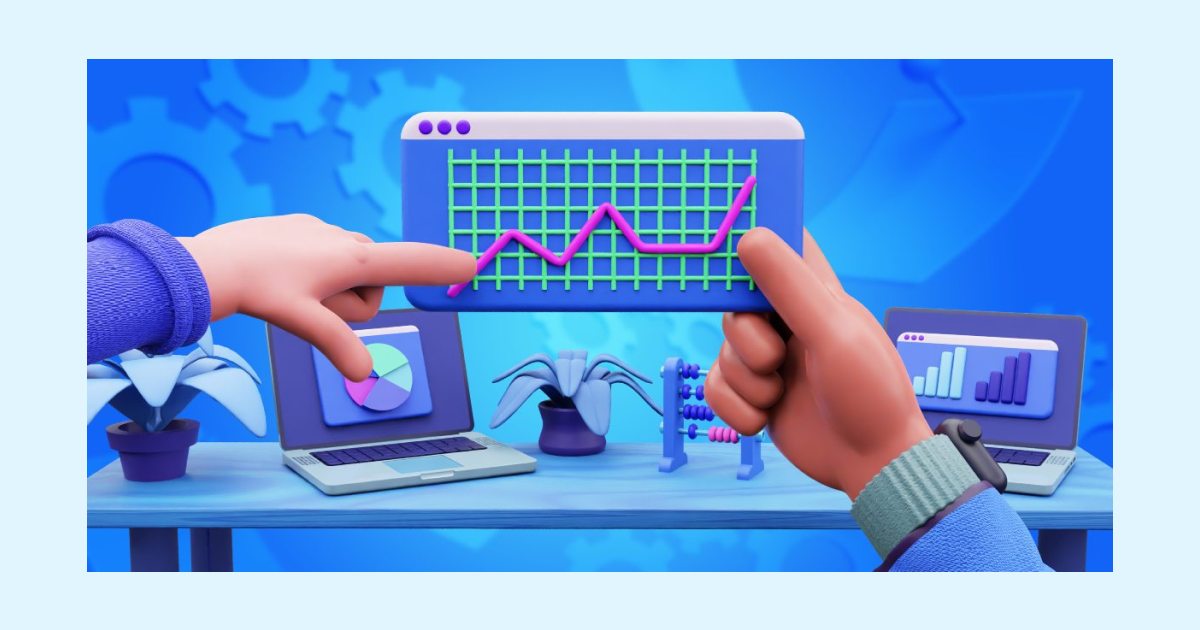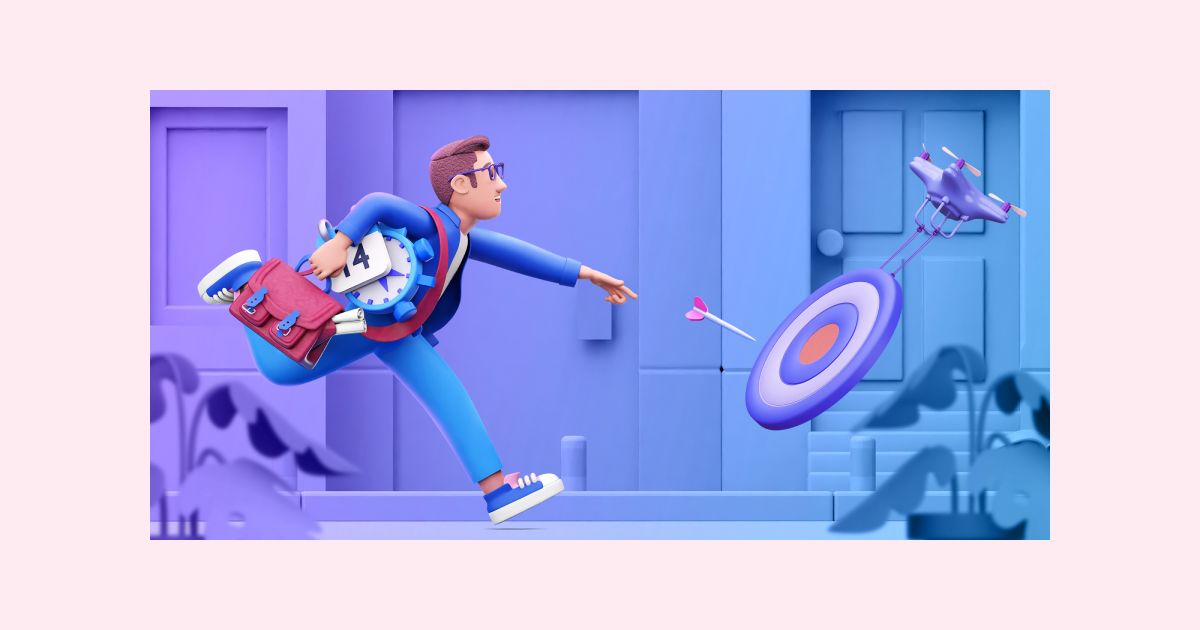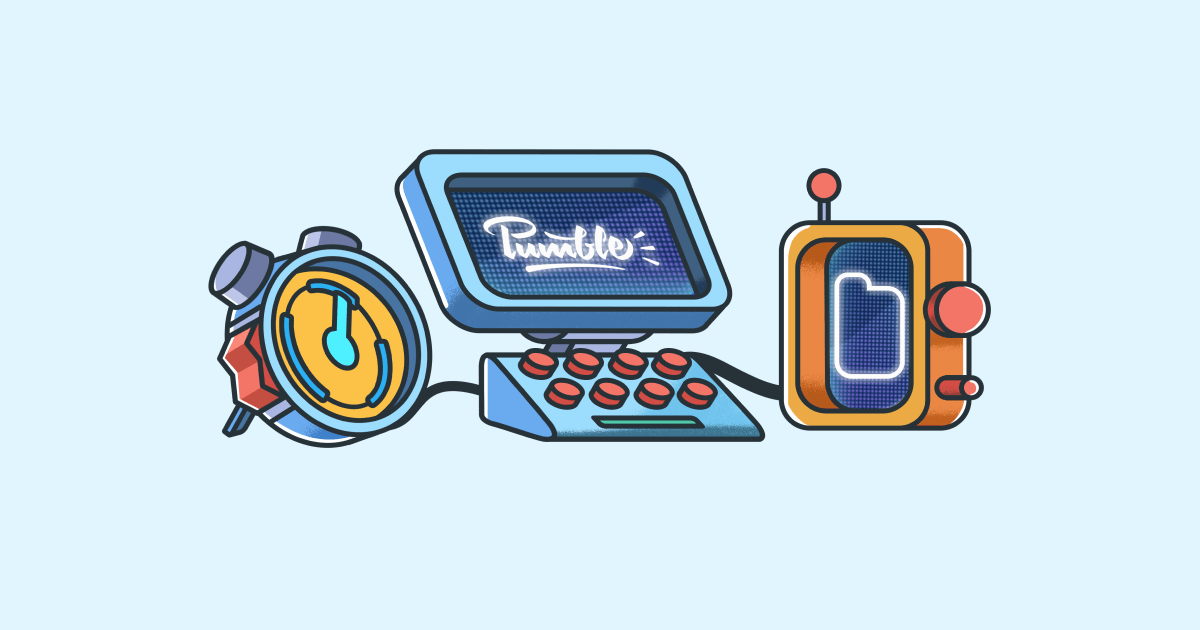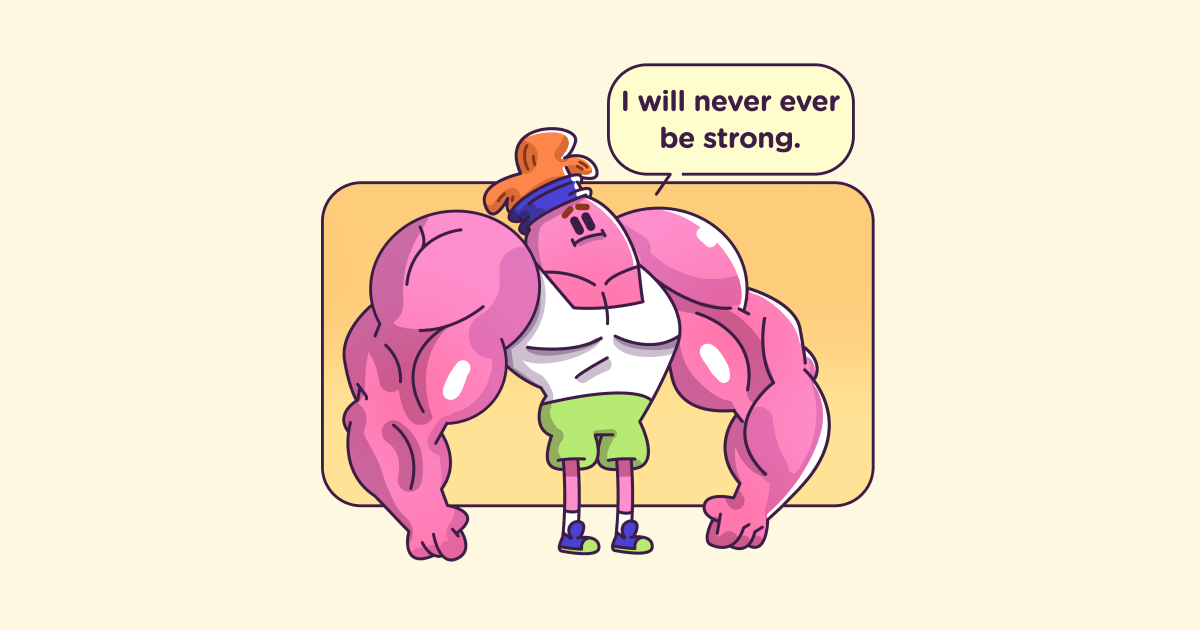7 tips for people who hate productivity tips
Last updated on: May 23, 2023
There’s no denying productivity tips can prove useful in our work – the problem is that some of them are too difficult to follow on a daily basis.
Even if you try these traditional productivity tips, you may happen quickly give up – yet, the problem of your sub-par productivity will persist, so you’ll have to find a solution.
To help you overcome your reluctance to follow productivity advice, here are 6 productivity tips for people who hate productivity tips.
Table of Contents
Find the right productivity techniques for your personality
When reading dozens of lists detailing the best productivity tips, you come across some you find logical and practical, and some you find too demanding. Instead of forcing yourself to follow an advice just because it’s popular, follow only the productivity advice that makes sense to you.
Do you force yourself to wake up around 6AM, as well as meditate and exercise before going to work, but find that this practice drains you? Then you’d probably be better off sleeping longer, despite the abundance of convincing “Always Get up Early in the Morning” articles on the Internet.
Do you believe listing out all your daily activities in a calendar is useful, but eventually find that you don’t have time to make extensive schedules every day?
Despite your admiration for the technique, it’s best that you simplify it, to fit your needs better.
You may want to pursue a technique because you admire it, or because it’s highly regarded by others, but that doesn’t mean that you should. Some technique will work for you and some won’t, so it’s important that you experiment, try out different things, make adjustments, and find what really suits you.
In the end, you may find that you work best when you:
- wake up and go to bed at a later time
- leave your most important work for late afternoon
- only keep simplified schedules and to-do lists, to serve as reminders and guidelines
Once you find a combination of techniques that suit you, follow them, for as long as you find them efficient. If an approach no longer feels right, perhaps you should tweak it – always be flexible and ready for adjustments.
You can even consult a quiz, to find what productivity techniques best suit your personality, based on the Myers-Briggs Type Indicator.
Remember that “being productive” is not synonymous with “being fast”
It seem that the entire point of being productive is finishing a project in the shortest time possible. But, if you find that working at breakneck speed is causing you stress, bare in mind that the point of productivity isn’t speed – when you’re productive, a speedy delivery is merely a consequence, and it shouldn’t be your main goal.
When you pursue the idea that productivity equals speed, you:
- aim to work fast, and make “speedy delivery” your main objective
- only glance over potential issues
- usually don’t proofread the figures or facts
- increase the danger of handing in an incomplete project
- have more chance of being tasked with revisions
In essence, when you rush, you may finish faster than planned, but the errors you had no time to address are likely going to bring your hours and hours of revisions. As a result, you may end up working far more than you’d expected, as you get overwhelmed with revision requests.
As a better solution, give yourself time to focus on each project – aim for quality, not quantity, as this will pay off more in the long run. Track time you spend on each task in Clockify, and find your sweet spot for each type of activity:
- maybe you’ll find that you ideally need about 2 hours to finish a cover image for a blog, or a thumbnail for a video tutorial, depending on how inspired you feel about the requirements you are tasked with.
It’s important that you always give yourself at least 2 hours for a cover image, or thumbnail – this way, you’ll always deliver quality work, and have time for possible adjustments. And, you won’t feel stressed, because you’ll know you are able to finish the assignment in the estimated time, because you’ve done it before.
Consider your Downhill start
Theresa Glomb explains how you can address jump starting your day, by using the image of a car parked on a downhill slope – she calls this the “downhill start”.
To consider your “downhill start”, you have to ask yourself – What actions do you need to undertake to ensure it only takes lifting your foot from the brake to get the car moving again? What actions do you need to undertake to ensure you’re productive?
- This may be clearing up papers, as well as computer files and folders connected with your previous project, before starting work on a new project. Afterwards, you’ll feel unburdened, and ready for a fresh start.
- Or, your “downhill start” may be creating an outline for project proposals, blog posts or any other written work, before going into detail with your writing. Afterwards, you’ll have a clear idea of what you want to communicate, so it’ll be easier to progress with your writing, and finish it in a quality way.
Everyone has a different “downhill start”, and a different best way to start working – you just have to identify it, and then start implementing it daily.
When everything goes south, remember your strengths
Your work may not be progressing the way you planned, but pondering about your lack of progress isn’t going to help you. On the other hand, focusing on the positive might help boost your morale, and help you progress.
Everyone has their unique strengths, and when you encounter problems in your work, you have to consider the unique strengths you possess that can help you solve those problems.
For example, if the team you’re working with on a project starts to lose focus and slip in the face of the deadline, you’ll have to consider everyone’s strengths and make use of them:
- Austin is a skilled leader, great at assessing other people’s strengths – it’s best that he delegates tasks, and provide additional explanation to each team member, when needed
- Matthew is an effective proofreader – task him with going over the paper a few times once it’s finished
- Karen is a creative problem solver – let her go over the issues and find feasible solutions
Once your team members do what their best at, you’ll all be working with maximum capacity, and likely finish on time.
Consider why a task is important (or not important)
There is a lot of talk about how vital it is to tackle your most important tasks first thing in the workday, but not nearly enough talk about why a task is important.
Unless you understand why a task is important, you won’t be able to feel fully motivated when you start working on it. To recognize your task’s importance, aim to understand your goals, your core values, and the results you want to achieve from each task.
If you find that finishing up 5 article for you blog is going to up the sales for your product, you’ve just found your answer to why the task “write 5 articles for the blog” is important.
On the other hand, considering that answering 5 emails you’ve received from people you’re not really interested in cooperating with isn’t going to bring you any real benefits, you should refrain from spending too much energy on it.
And, once you fully understand the importance of a task, ask yourself whether procrastinating on YouTube is worth the consequences you will face unless you finish the task in a satisfying way. The likely answer is “No”, especially for tasks vital to your success.
Take some time for yourself
Most productivity tips aim to help you achieve more in less time – in theory, this means you finish your work earlier, and then have more time for yourself. But, in practice, when you finish an assignment earlier, you usually dive right into the next assignment, leaving no free time to unwind.
Bare in mind that you don’t have to dedicate all the time you save through productivity tips, for work.
Instead, when you finish an assignment earlier than planned, reward yourself – engage in a short walk or go out with friends. Make productivity techniques appealing by using them to help you lead a less stressful, more fulfilling life, rather than using them to help you work non-stop.
For example, you know that you’ll have a wedding to attend in three months. But, you also know you’ll be closing in on a deadline for an important project around the same time. You want to ensure you perform your best work, but you also want to attend the wedding carefree and stress-free.
To achieve both goals, you’ll have to make preparations, and estimate how long each task within the project will take. Chances are, you’ll have a similar project to finish sometime earlier that the project in question. Your best chance at performing quality work and having time to relax at the wedding is to track the time you spend on your first project, so that you have data showing how long it’ll approximately take to finish your second project.
As you work to beat your estimated time for the first project, you’ll be able to identify your weak sides and find what tasks take longer to finish than you’ve initially estimated. Then, when it’s time to tackle your second project, you’ll have a more accurate understand of how long it will take you to finish it.
Rephrase your goals
Having goals in mind is vital for progress, but the wrong kind of goals and objectives may set us back, rather than help us move forward. Certain types of goals may be too demanding and restraining to reach on a daily basis, so it’s best that you rephrase them.
For example, you want to finish a project on Monday, and you make this the goal your work day will revolve around. But, as the day goes by, you find that you are not progressing as well as you’d hoped, as you:
- encounter additional problems that delay the project for a few hours
- get tasked with another, priority task by your boss
- encounter issues with a program you’re working on
In the end of the day, you find you haven’t finished the project, so you feel demoralized and disappointed.
As an alternative, it’s best that you select a less conclusive, less all-or-nothing goal – a perfect example for such a goal is “work on this project”, or the more specific “make meaningful progress on this project”. You can identify this “ meaningful progress” by breaking down the project into manageable tasks that can serve as milestones.
As “work” and “progress” are less definite that “finish”, you’ll be able to keep up good morale no matter how well you fare. You’ll feel less stressed, which will actually help you be more productive and maybe even finish the project without explicitly planning to.
Finishing singular tasks was always your main objective, but by requiring that you only make meaningful progress with these tasks, you’ve eased the tension, and actually made the road to finalization easier.
